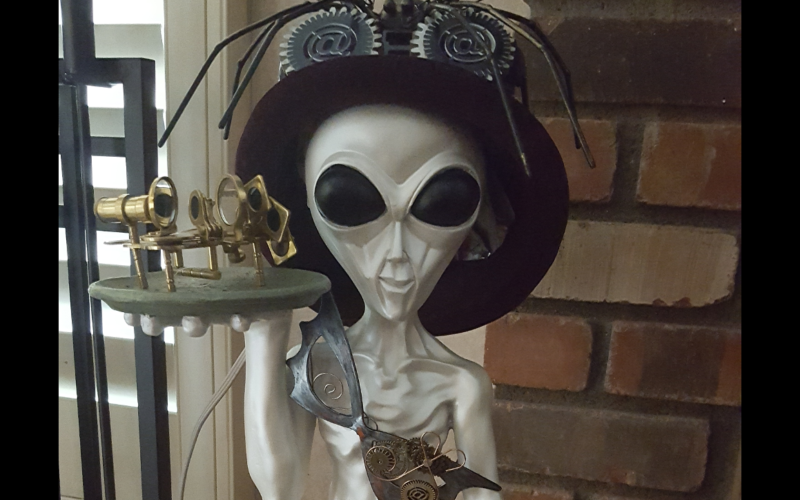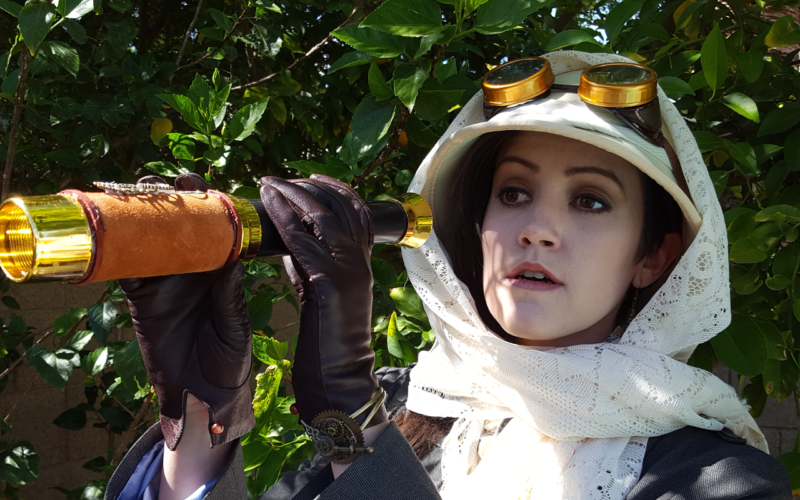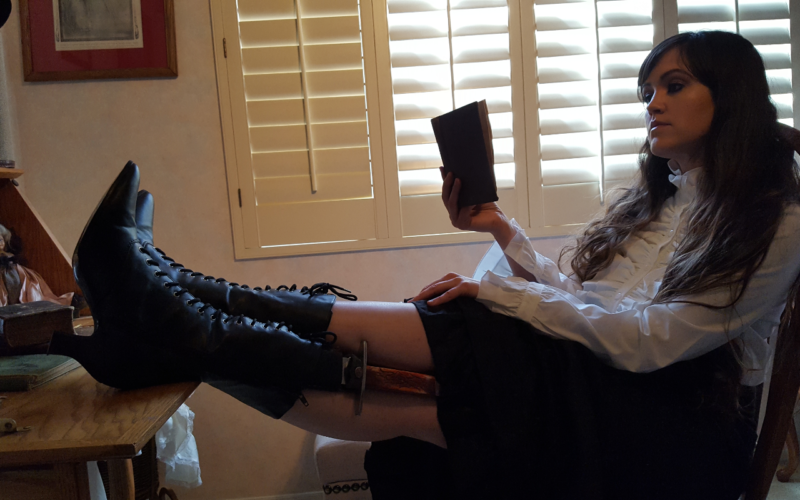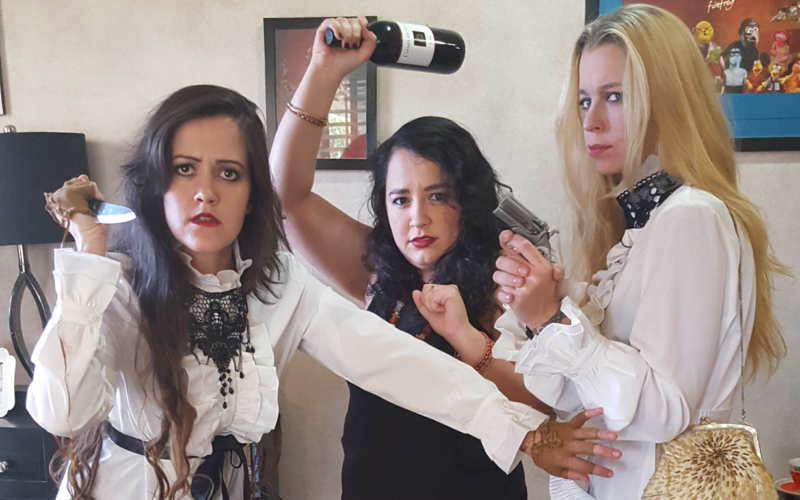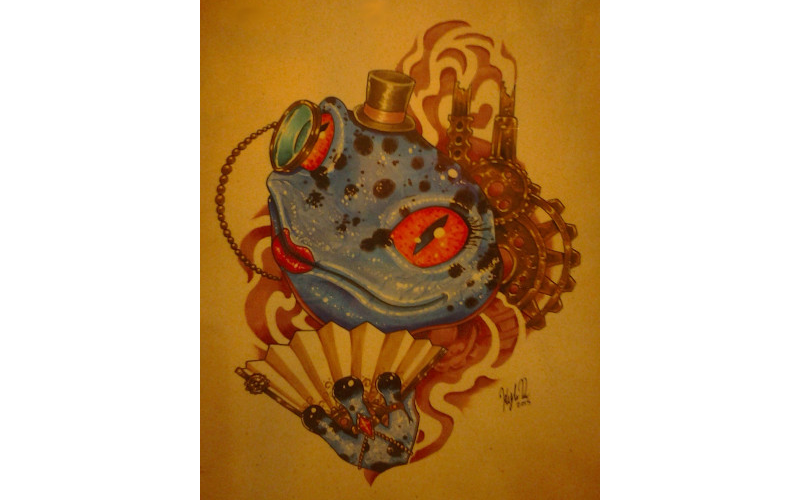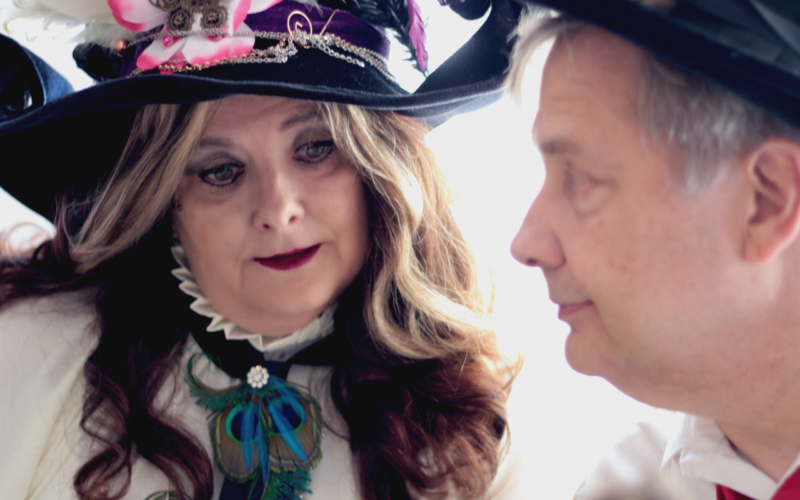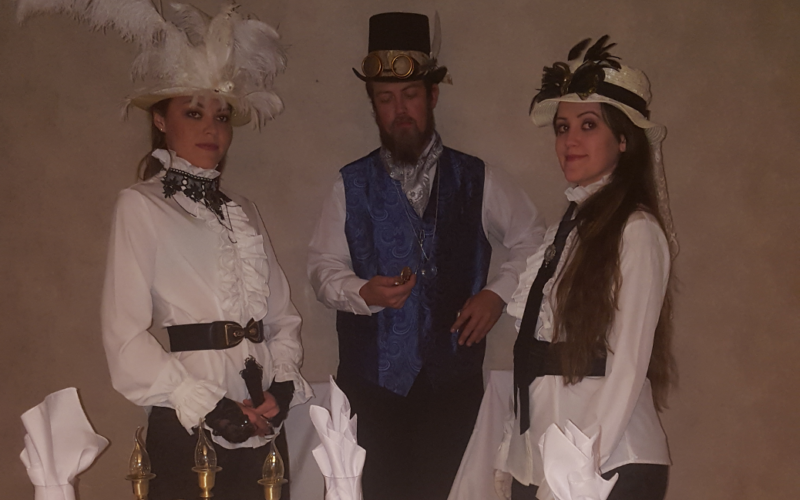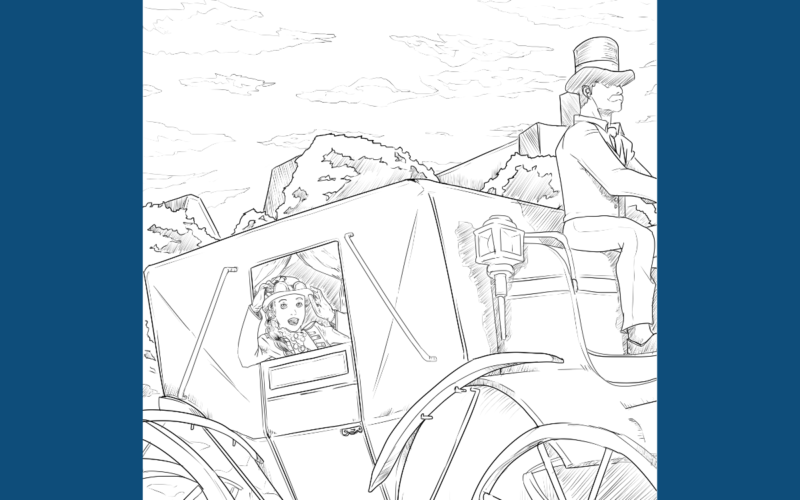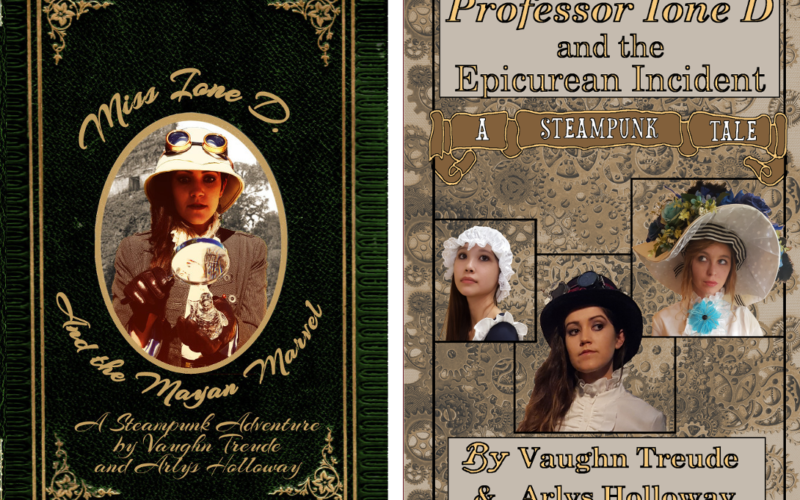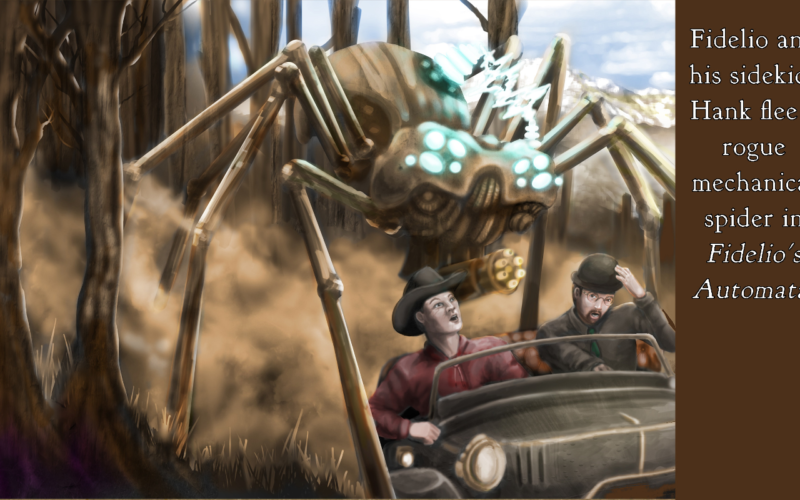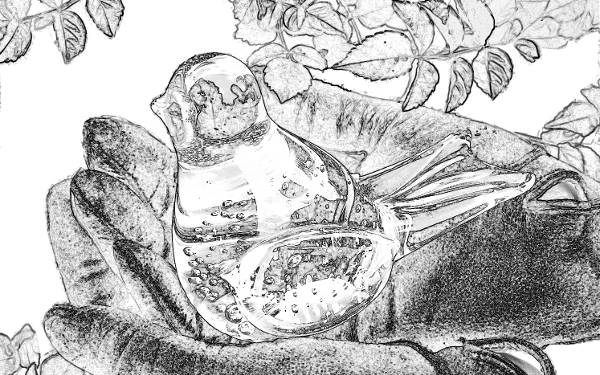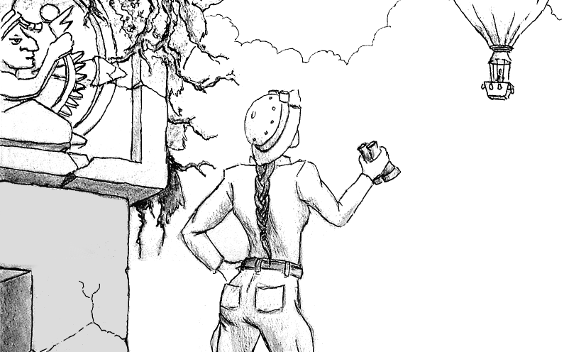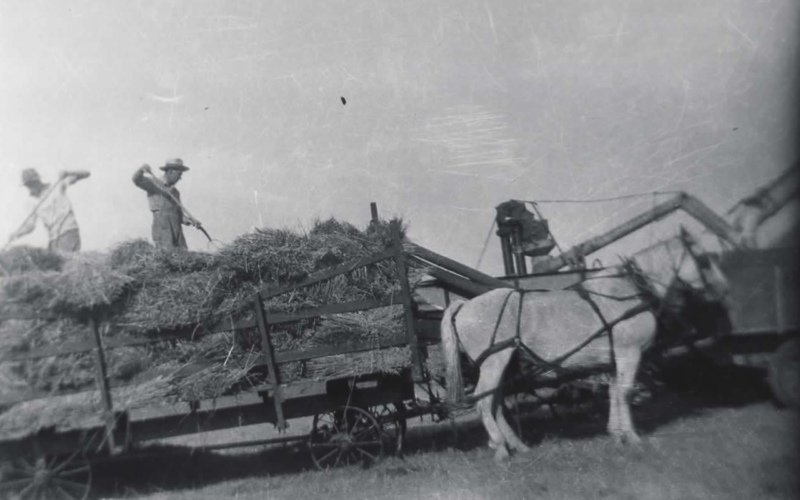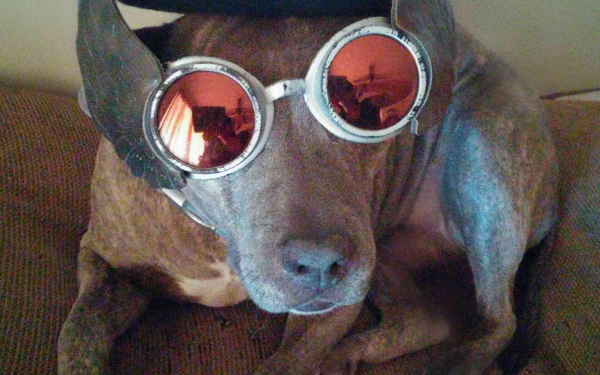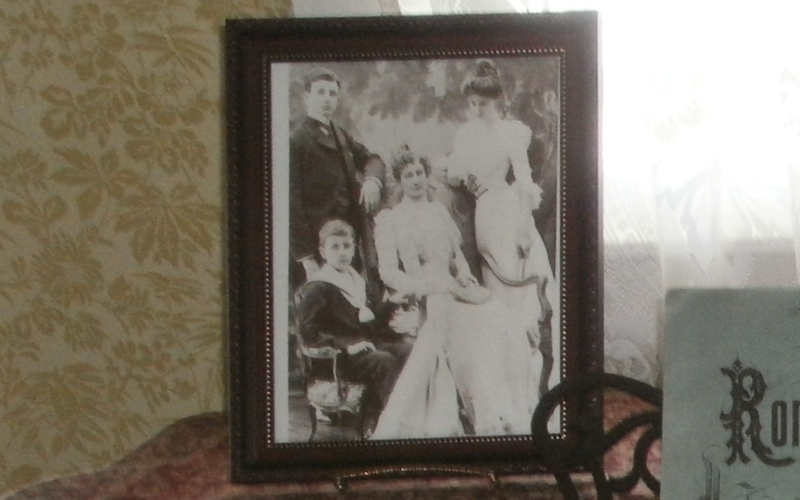(With apologies for the horrible rhyme.)
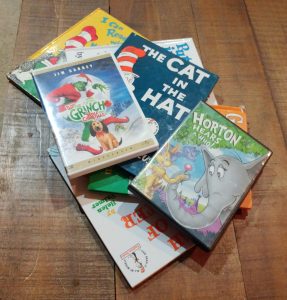
Today is National Read Across America, the day for the promotion of reading popularized by the National Education Association. It just happens to coincide with the birthday of Theodor Seuss Geisel (1904-1991), better known as Dr. Seuss. The books of Dr. Seuss have been a profound influence on children for many generations, including my own. My family had a huge collection of them, from beginners’ books like Hop on Pop and One Fish Two Fish Red Fish Blue Fish to older kids’ stories like Cat in the Hat and Sneetches and Other Stories. The beauty of Seuss’ books is that they’re playful and silly and made reading fun.
Geisel was born in Springfield, Massachusetts and worked as a writer and illustrator his entire life. Though “Seuss” was his mother’s maiden name, the story behind its adoption is an interesting one. While in college he was caught drinking gin with his friends – it was during Prohibition, so this was a criminal offense. As punishment the dean banned him from working on the college humor magazine, so he continued under a pseudonym.
As a child I didn’t know that Geisel also wrote as Theo LeSieg and Rosetta Stone, so he was even more prolific I’d thought. Many of his books went on to become animated cartoons and/or live action movies. Jim Carrey’s version of How the Grinch Stole Christmas is one of our favorites. Mike Meyer’s Cat in the Hat was by comparison a real disappointment, but even that one couldn’t help but be fun. Someone else adapted the Seuss stories for a Broadway musical, called, appropriately enough, Seussical.
Seuss’ frequent use of made-up words was a great way to get kids to learn phonics. You don’t pick up words like Oobleck from sight reading. Many included life lessons on topics like bigotry (Sneetches) or the environment (The Lorax) and trying new things (Green Eggs and Ham.)
Like everyone these days, controversy has touched Seuss’ legacy. During World War II, Geisel did propaganda cartoons for the U.S. Government. Some of his drawings of the Japanese were appallingly racist, though pretty typical for the time. Of course, he made mistakes in his personal life, as we all do. More recently, I read about some activist trying to brand “Cat in the Hat” as racist, saying the Cat represents a stereotype of African Americans. If that’s the case, I don’t see the problem, because Cat is one of the coolest characters in children’s literature.
Geisel wrote over 60 children’s books under his various names and edited a number of other books by his colleague P. D. Eastman, which were published by Random House as part of the Seuss collection. These include Go Dog Go which is a favorite of Arlys’ grandkids. Other books in the series were written by Geisel’s first wife Helen, including A Fish Out of Water.
When we had children of our own we introduced them to reading with Dr. Seuss. Of course, they had to be new ones since a certain sister of mine had made off with the originals. Nowadays Arlys and I have been buying Seuss books for the grandkids.
Despite the obvious messages in some of Seuss’ books, the important lesson underlying all of them is that it’s OK to be silly and have fun. Though we have many talented writers of children’s books these days, there just isn’t enough of that.

